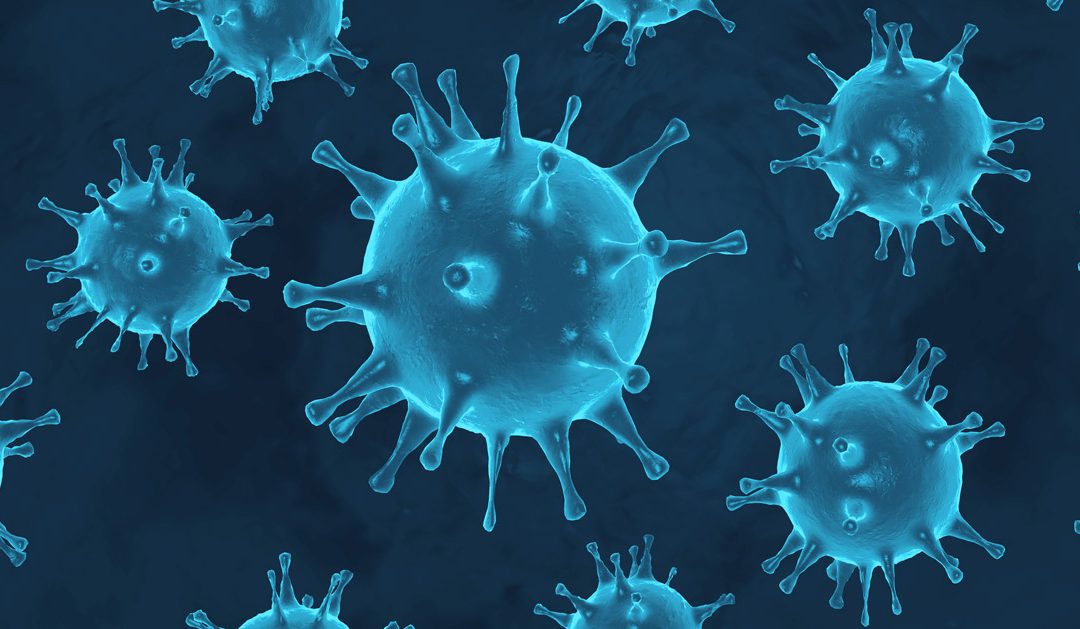Under the motto “Combating the consequences of coronavirus, securing prosperity, strengthening future viability”, the German government agreed on a comprehensive economic stimulus and future package with a total volume of 130 billion euros at the coalition committee on June 3, 2020.
In addition to measures that strengthen municipalities, the economy and support families, a major focus of the future package is on digitization projects.
The economic stimulus package aims at enabling Germany to take on a leading role as a technology provider for the future mobile communications technologies 5G and, in the future, 6G. To this end, innovative companies should be able to receive funding for the development and testing of new, software-controlled network technologies. In addition, regulatory measures are to be examined at national and European level to improve the interoperability of network components that support the use of open standards (openRAN approach) in mobile networks. The implementation of these measures will be budgeted with EUR 2 billion.
Another building block is the nationwide expansion of 5G in Germany by 2025. To this end, the new federal mobile communications infrastructure company (MIG) will receive funding amounting to five billion euros. Building on this, the expansion in the white spots of mobile coverage can also be financed from this funding package. In addition, the aim is to accelerate the expansion of fiber optic broadband in non-economic areas.
Another comprehensive point of the project package is the digitalization of the entire administration at federal, state and local level. The modernization of registers is an important pillar here. The Online Access Act is also to be further advanced in its implementation. Both strands of measures together comprise around 3.3 billion euros.
The existing “Smart City” program is also to be continued in order to offer project ideas from cities and municipalities that have not yet been implemented a further opportunity for funding. The continuation of the funding program will be supported with 500 million euros from the federal government.
In addition to extended depreciation options for digital assets, the digitalization of the economy is to be boosted in particular by a funding programme to support the development and expansion of platforms for a sovereign infrastructure and to enable small and medium-sized enterprises (SMEs) to accelerate their digital transformation. Funds of EUR 1 billion are earmarked for implementation. At the same time, the use of artificial intelligence (AI) in the business sector is to be further promoted with a funding volume increased from EUR 3 billion to EUR 5 billion. In particular, these funds will be used to purchase additional supercomputers in order to create expanded computing capacities and enable the systematic digital provision of previously inaccessible data pools for real-time AI applications. The creation of a European AI network by bundling existing AI competence centers into hubs as well as the creation of attractive framework conditions for research and state-of-the-art AI and computer infrastructure should also significantly advance the project.
Another major package of digitization projects in the economic stimulus package involves driving Germany forward in key areas of quantum technologies, in particular quantum computing, quantum communication, quantum sensor technology and quantum cryptography. To this end, the development and production of quantum technologies in Germany is to be promoted in order to create another strong industrial sector. In addition to closely interlinking research and industry to create new clusters of excellence in quantum technology, start-ups are also to receive substantial funding for product development. The federal government will also award the contract to build at least two quantum computers. The total funding requirement for this package will be 2 billion euros.
Further packages of measures to advance digitalization and the other priorities of the economic stimulus and future package can be found in the coalition committee’s results paper.

